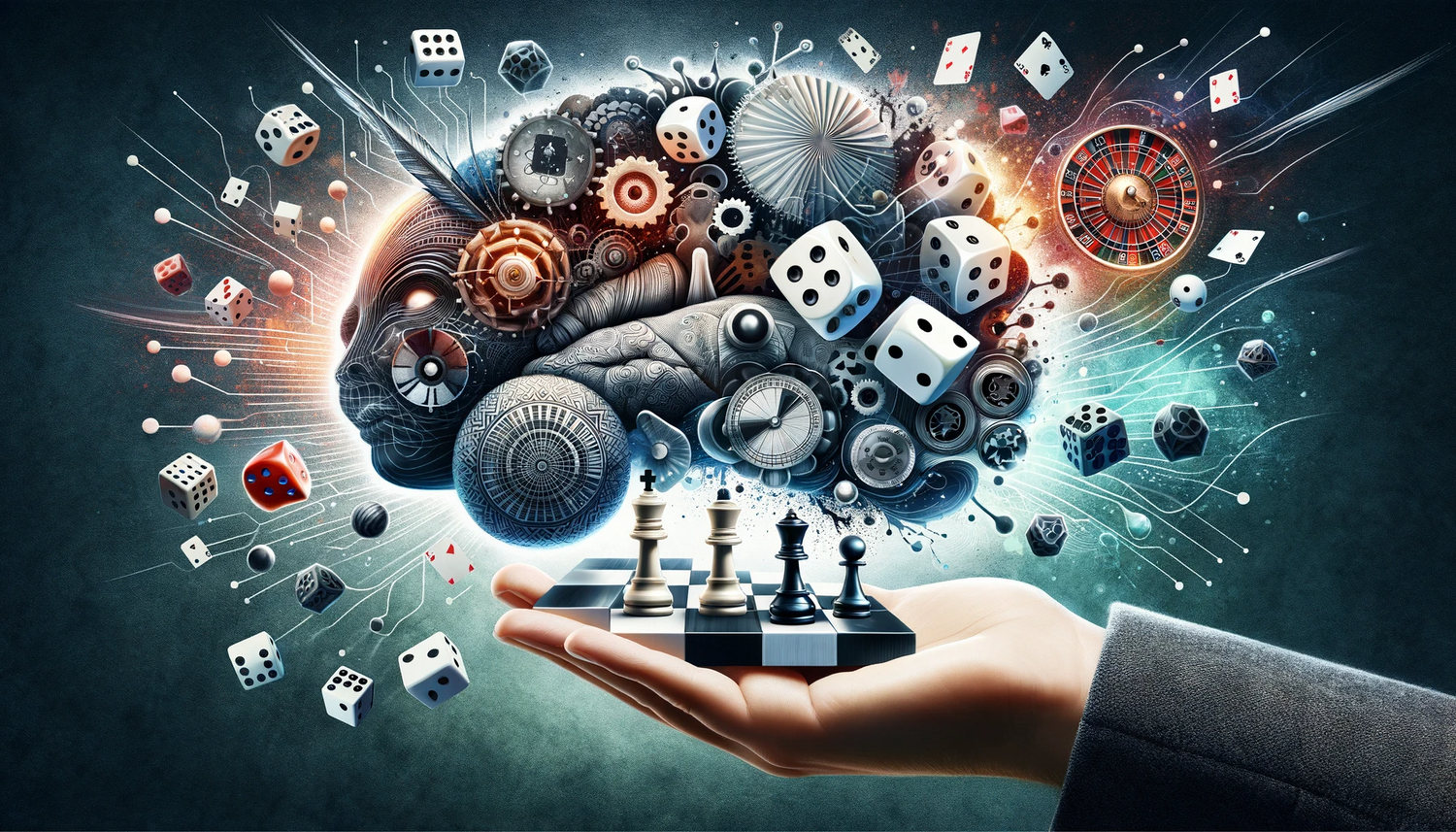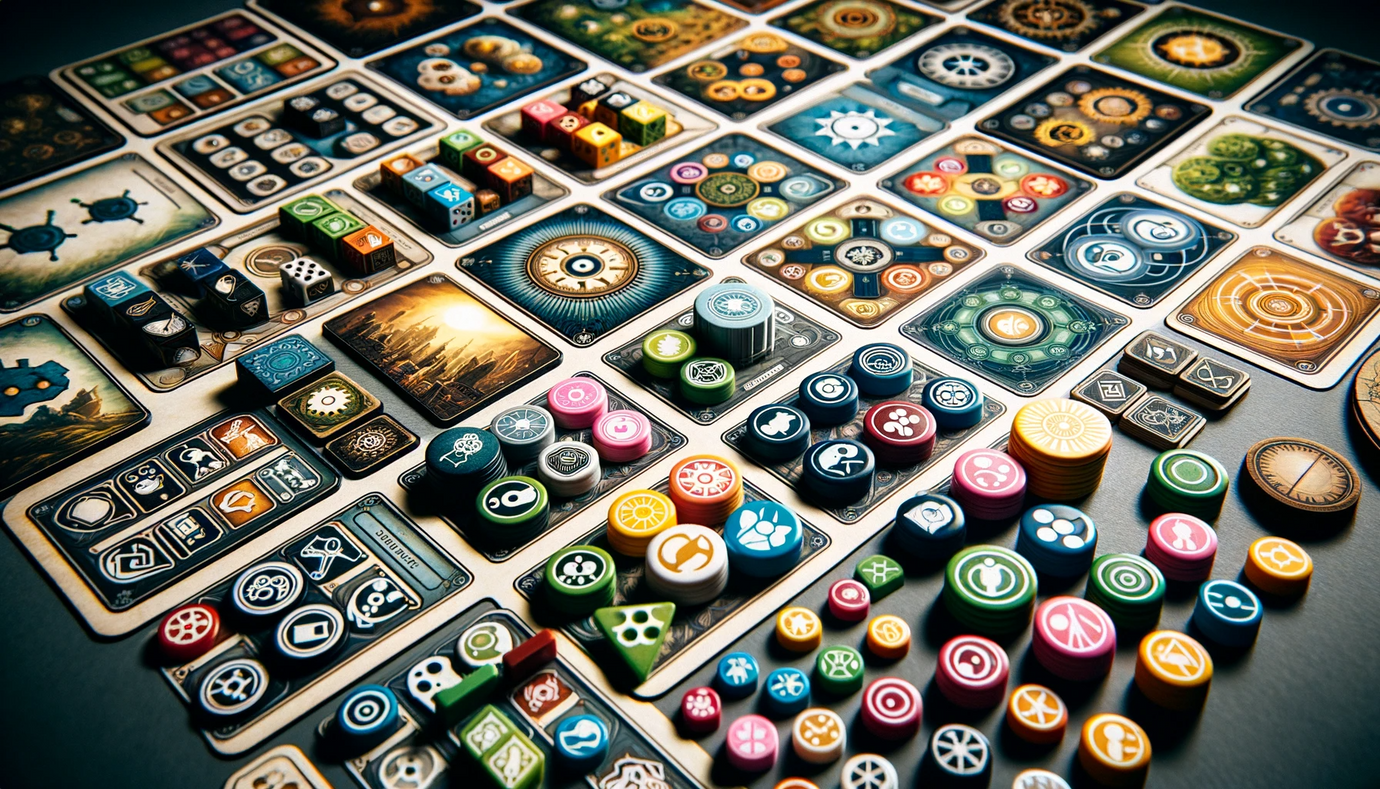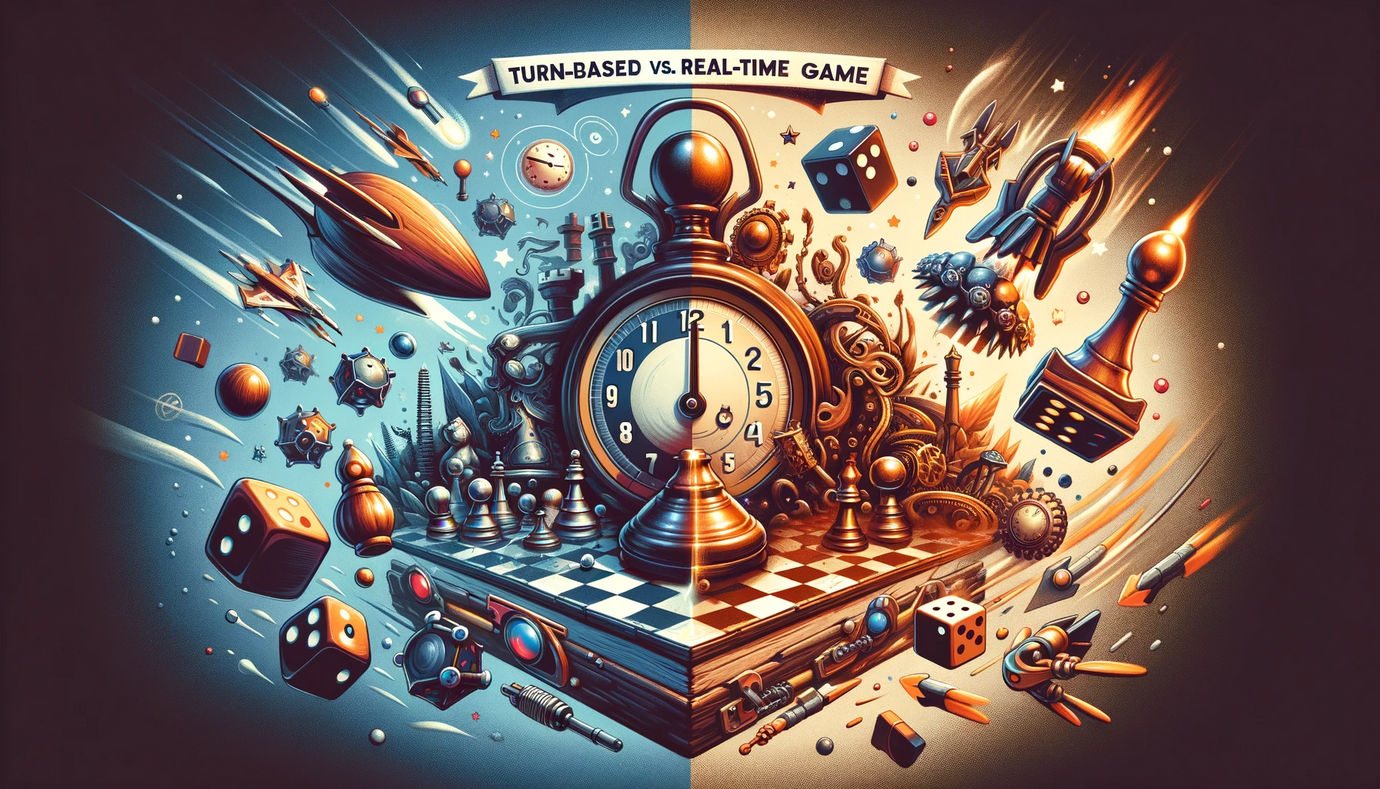Balancing Strategy and Luck in Game Mechanics

Introduction
The interplay between strategy and luck in board and card games is a delicate balancing act that can greatly influence a game's appeal and replayability. Finding the right balance is crucial for creating an engaging game that appeals to a wide range of players. This comprehensive guide explores how to effectively balance strategy and luck in your game's mechanics, ensuring a satisfying and dynamic gaming experience.
Understanding the Roles of Strategy and Luck
Strategy refers to the element of control and planning in a game. It's where players use their skills, knowledge, and decision-making abilities to influence the game's outcome.
Luck, on the other hand, introduces uncertainty and unpredictability through random elements like dice rolls, card draws, or tile shuffling.
1. Define Your Game's Core Experience
Identify Your Target Audience: Understand the preferences of your intended players. Some players prefer strategy-heavy games, while others enjoy the excitement of luck-based elements.
Decide on the Game's Focus: Determine whether your game will lean more towards strategy or luck, or if you aim to strike an even balance. This decision will guide the design of your game mechanics.
2. Designing Strategic Elements
Decision-Making: Implement mechanics that allow players to make meaningful decisions. This could involve resource management, strategic movement, or planning several moves ahead.
Skill and Mastery: Design aspects of the game that can be mastered over time. This rewards experienced players and encourages them to develop and refine their strategies.
3. Integrating Luck Elements
Randomness: Introduce elements of randomness, such as dice rolls, random draws, or shuffled tiles. This adds an element of surprise and unpredictability to the game.
Mitigating Luck: Provide ways for players to mitigate bad luck, such as reroll options, card exchange mechanisms, or strategic choices that can offset a poor random outcome.
4. Balancing Strategy and Luck
Combining Elements: Find ways to combine strategic and luck elements so they complement each other. For instance, a strategy game might include random events that players must adapt to using their skills.
Flexibility in Play Styles: Allow for different play styles to emerge. Some players should be able to succeed through careful planning, while others might thrive on taking chances with luck-based elements.
5. Testing and Adjusting Balance
Playtesting: Test your game extensively with a diverse group of players. Observe how the balance between strategy and luck plays out in actual games.
Feedback and Iteration: Gather feedback on the game's balance. Are players feeling too subject to the whims of luck, or is the game overly dominated by strategy? Adjust accordingly.
6. Rule Clarity and Consistency
Clear Rules: Ensure that the rules clearly delineate the strategic and luck-based elements of the game. Players should understand how and when each type of element comes into play.
Consistent Mechanics: Maintain consistency in how strategic and luck elements are implemented. This helps players understand and adapt to the game's dynamics.
7. Creating a Dynamic Game Experience
Varying Levels of Control: Offer varying levels of control throughout the game. Some phases might be more strategy-heavy, while others might rely more on luck.
Changing Game States: Design the game so that the state of play can change, keeping the game dynamic and engaging. This could be through evolving game boards, changing objectives, or shifting player abilities.
8. Catering to Different Player Preferences
Options for Different Players: Provide options or variants in the game that can skew it more towards strategy or luck, catering to different preferences.
Balancing for Competitive Play: If your game is intended for competitive play, ensure that the balance heavily favors skill and strategy to make it fair and competitive.
9. Refinement and Finalization
Final Adjustments: Make final adjustments based on extensive playtesting. The balance should feel right and provide an enjoyable experience for your target audience.
Documenting the Balance: In your rulebook, explain how strategy and luck play into the game, offering strategies or tips for dealing with both elements.
Balancing strategy and luck in game mechanics is a critical aspect of game design that can define the player's experience. By carefully integrating both elements, testing and refining the balance, and catering to different player preferences, you can create a game that is both engaging and enjoyable. Remember, the key is to provide a sense of challenge and unpredictability, while still allowing players to feel in control of their destiny in the game.








